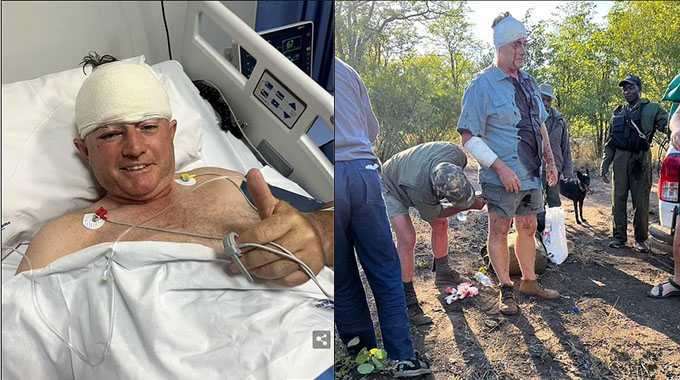Radioactive water at Japan plant five million times legal limit
5 million times the legal limit of radioactivity inside a reactor as it struggles for a fourth week to contain the world’s biggest nuclear disaster in a quarter of a century.
Underlining the concern over spreading radiation, the government said it was considering imposing radioactivity restrictions on seafood for the first time in the crisis after contaminated fish were found in seas well south of the damaged nuclear reactors.
The plant’s operator Tokyo Electric Power Co (TEPCO) offered token “condolence” money to those affected in the Fukushima region where the plant is based, but the local mayors who came to Tokyo to meet Prime Minister Naoto Kan made clear they expected far more help.
“We have borne the risks, co-existed and flourished with TEPCO for more than 40 years, and all these years, we have fully trusted the myth that nuclear plants are absolutely safe,” said Katsuya Endo, the mayor of Tomioka town.
He was one of eight Fukushima prefecture mayors who went to Kan to demand compensation and support for employment, housing and education for the tens of thousands of people evacuated as a result of the radiation crisis .
In desperation, engineers at the Fukushima Daiichi plant have turned to what are little more than home remedies to stem the flow of contaminated water. Yesterday, they used “liquid glass” in the hope of plugging cracks in a leaking concrete pit.
“We tried pouring sawdust, newspaper and concrete mixtures into the side of the pit (leading to tunnels outside reactor No.2), but the mixture does not seem to be entering the cracks,” said Hidehiko Nishiyama, deputy director-general of Japan’s Nuclear and Industrial Safety Agency (NISA).
“We also still do not know how the highly contaminated water is seeping out of reactor No.2,” said Nishiyama.
TEPCO said it suspected that a stone layer beneath the trench feeding into the pit at reactor No. 2 might be the source of the contaminated water, but added they were still investigating the exact causes and were prepared for the possibility that there were other sources of radioactive water.
Engineers also plan to build two giant polyester “silt curtains” in the sea to block the spread of more contamination from the plant.
Workers are still struggling to restart cooling pumps – which recycle the water – in four reactors damaged by last month’s 9.0 magnitude earthquake and tsunami.
Until those are fixed, they must pump in water from outside to prevent overheating and meltdowns. In the process, that creates more contaminated water that has to be pumped out and stored somewhere else or released into the sea.
There is a total of 60 000 tonnes of highly contaminated water in the plant after workers frantically poured in seawater when fuel rods experienced partial meltdown after the tsunami hit northeast Japan on March 11.
TEPCO on Monday had to start releasing 11 500 tonnes of low-level radioactive seawater after it ran out of storage capacity for more highly contaminated water. The release will continue until Friday.
Radioactive iodine of up to 4,800 times the legal limit has been recorded in the sea near the plant. Caesium was found at levels above safety limits in tiny “kounago” fish in waters off Ibaraki Prefecture, south of Fukushima, local media reported. Iodine-131 in the water near the sluice gate of reactor No. 2 hit a high on April 2 of 7.5 million times the legal limit. The water, which was not released into the ocean, fell to 5 million times the legal limit on Monday. – Reuters.









Comments